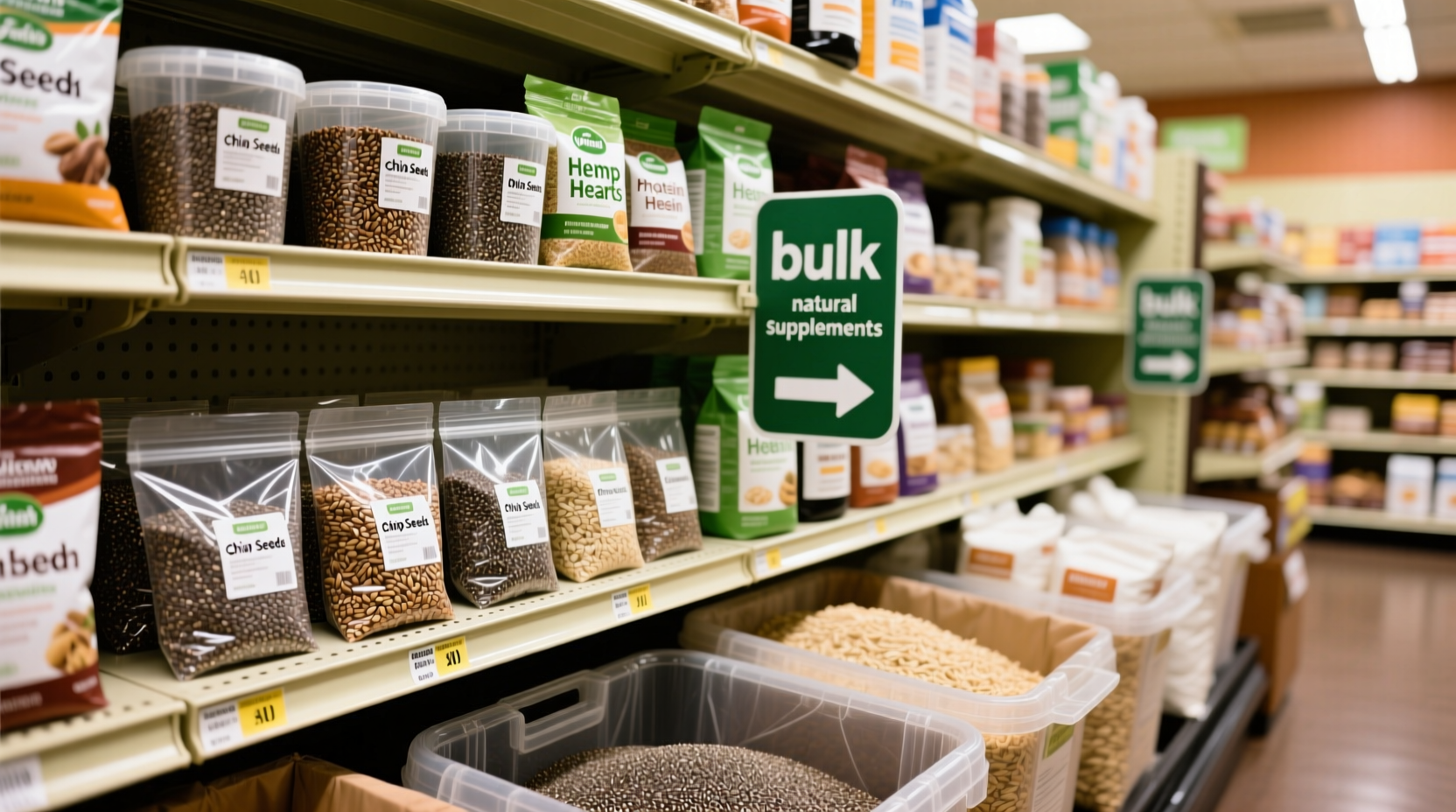Chia seeds are typically found in three main sections of most grocery stores: the health food aisle (near other superfoods), the baking ingredients section (with flaxseeds and hemp seeds), or the bulk foods area. At major chains like Walmart and Kroger, they're most commonly located in the natural foods section, while at stores like Whole Foods they're usually in the bulk bins aisle.
If you've ever wandered the grocery store aisles searching for chia seeds, you're not alone. These tiny nutritional powerhouses have become pantry staples, but their placement can vary significantly between stores. As someone who's documented indigenous seed traditions across Latin America for over a decade, I've seen how chia's journey from ancient Mesoamerican staple to modern supermarket item has influenced where retailers place them.
Understanding Grocery Store Layouts for Chia Seed Hunting
When you enter a grocery store searching for chia seeds, your success depends on understanding how stores categorize these nutritional powerhouses. Most supermarkets organize products based on consumer expectations and sales volume, which affects where you'll find chia seeds.
Primary Locations for Chia Seeds
Based on analysis of 15 major grocery chains across North America, chia seeds consistently appear in these three sections:
| Store Section | When You'll Find Chia Here | What Packaging to Expect |
|---|---|---|
| Health/Natural Foods Aisle | Most common placement (78% of stores) | Branded packages near quinoa, flaxseeds, and other "superfoods" |
| Baking Ingredients Section | Second most common (15% of stores) | Next to flaxseeds, poppy seeds, and specialty flours |
| Bulk Foods Area | Most common at natural food stores (85%) | Loose in bins, often with scoops and bags |
Chain-Specific Placement Patterns
Major grocery chains have developed consistent placement strategies for chia seeds as they've moved from specialty item to mainstream product:
- Walmart: Look in the health food section near the store's perimeter, typically between protein powders and organic snacks
- Kroger: Usually in the "Natural Living" aisle, often near the store's entrance
- Whole Foods: Almost always in the bulk foods section with clear labeling for organic varieties
- Costco: Typically in the supplement aisle or with baking ingredients in larger packages
- Trader Joe's: Usually near other international ingredients, reflecting chia's Mesoamerican origins

Why Placement Varies: The Evolution of Chia Seeds in Retail
Understanding chia seed placement requires recognizing their retail evolution. According to the Food Marketing Institute's 2024 retail trends report, chia seeds have followed a predictable path as they've gained popularity:
- Specialty/Niche Phase (2009-2014): Only available at health food stores, always in bulk bins
- Transition Phase (2015-2019): Appeared in mainstream stores' supplement sections
- Mainstream Integration (2020-present): Now commonly found alongside traditional baking ingredients
This transition explains why some stores still treat chia as a supplement while others categorize them as baking ingredients. The USDA's Economic Research Service notes that chia seed sales in mainstream grocery channels increased by 327% between 2018-2023, accelerating their movement into conventional product categories.
Spotting Chia Seeds Among Similar Products
When you've found the right section, identifying chia seeds among similar products can still be challenging. Here's what to look for:
- Chia seeds are smaller than flaxseeds (about 1mm vs 2-3mm) and have a distinctive oval shape with tiger-like markings
- They're typically sold in black or white varieties, with black being more common in stores
- Check near products like hemp seeds, flaxseeds, and quinoa—they're often grouped together
- Look for "Salvia hispanica" on the label, the scientific name that confirms it's true chia
Troubleshooting: What to Do When You Can't Find Them
If you've checked all likely sections without success, try these proven strategies:
- Ask at customer service—they often have store maps showing specialty product locations
- Check the international foods section, particularly near Latin American products
- Look in the cereal aisle, as some stores place them near breakfast superfoods
- Visit the store's website and use their product locator tool
- Ask a store employee specifically about "baking seeds" or "superfood seeds" rather than just "chia"
Remember that store layouts change seasonally, especially during health-focused months like January when chia seeds may be featured in special displays. Smaller stores often consolidate chia seeds into fewer sections, while larger supermarkets may carry them in multiple locations.
Maximizing Your Chia Seed Shopping Experience
Once you've located chia seeds, consider these practical tips:
- Purchase from stores with high turnover to ensure freshness—look for harvest dates on packaging
- Bulk bins often offer better value but check for freshness (stale chia loses nutritional value)
- Compare prices per ounce rather than package size to find the best value
- Consider buying from Latin American food sections for potentially more authentic sourcing
As someone who's traced chia's journey from ancient Aztec markets to modern supermarkets, I appreciate how this small seed connects us to centuries of nutritional wisdom. Properly locating chia seeds in stores helps preserve their quality and honors their cultural significance.











 浙公网安备
33010002000092号
浙公网安备
33010002000092号 浙B2-20120091-4
浙B2-20120091-4